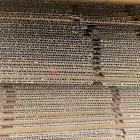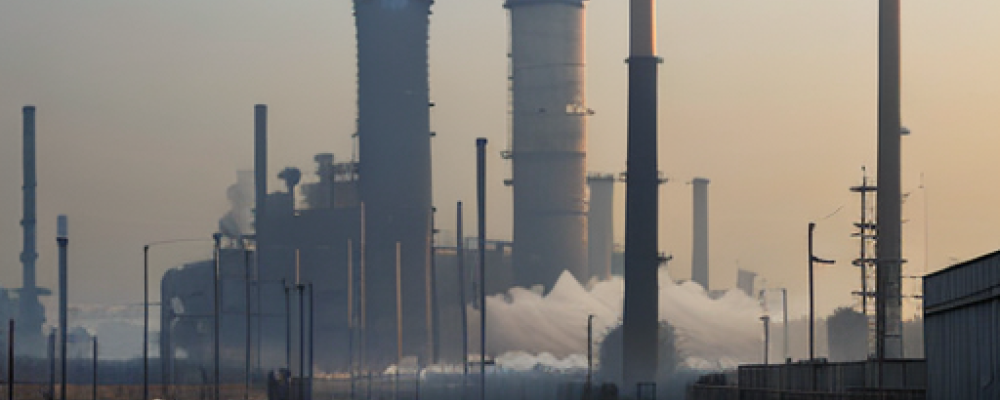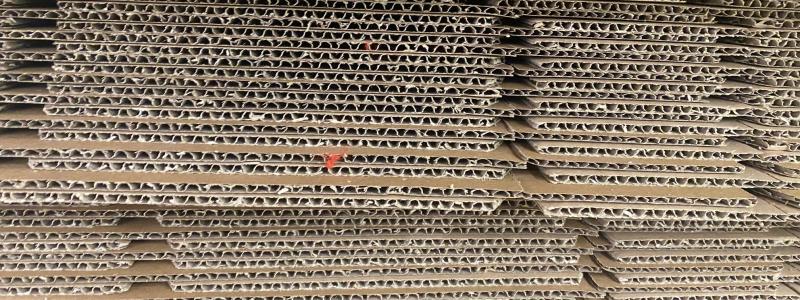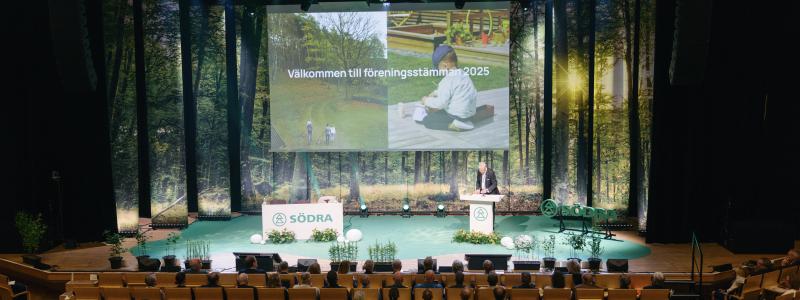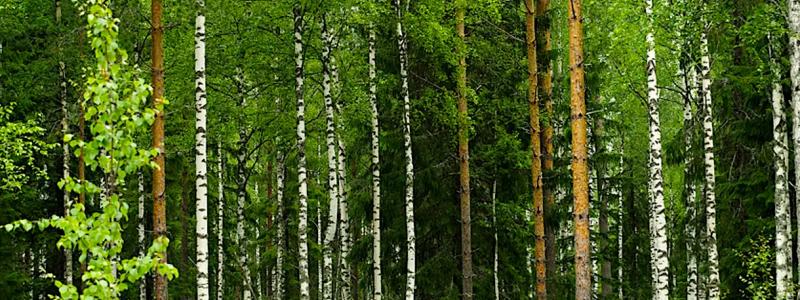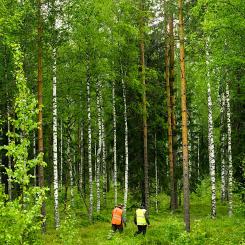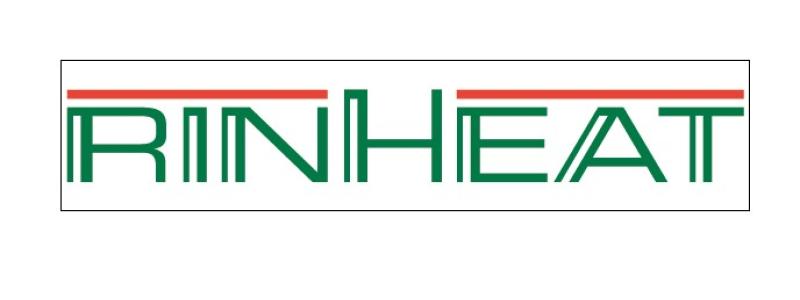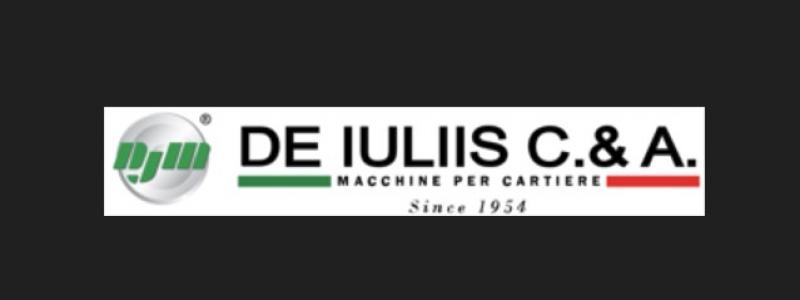The FSC is failing to distinguish good forest management practices from the typical model of unsustainable forest exploitation widely employed in intact boreal, or taiga, forests in Russia. It is therefore failing in its mission to be a tool for forest protection, according to a new report from Greenpeace.
When FSC certification first came to Russia’s taiga, conservation groups hoped it would help to eliminate poor forest practices and to aid greater forest protection, particularly of High Conservation Value (HCV) forests, including the most valuable intact forest landscapes (IFLs). Unfortunately, FSC is endorsing the prevalent destructive forest practices in Russia instead of trying to eliminate them. The FSC logo is consequently being misused to provide green cover for the destruction of HCV forests.
Greenpeace conducted a comprehensive satellite imagery-based analysis (2002-2013) of industrial forest practices in an area with a high concentration of companies that were either currently or formerly FSC-certified, or had applied for FSC certification.
The area is located in an interfluve – an elevated area between the valleys of adjacent watercourses – between the Northern Dvina and Pinega rivers in the Arkhangelsk region of northwest Russia. The case study area is known for the valuable intact forest landscape at its centre, the Dvinsky Forest.
Greenpeace’s analysis estimates that, at best, there is only enough coniferous forest outside the Dvinsky Forest to supply the areas’ forest industry for another 8-13 years if cut rates remain the same.
But even these forests are represented by rather fragmented pieces of coniferous forest patches scattered in an extensive matrix of secondary early successional post logging deciduous forests, and are unlikely to be of much interest to the industry. This case study shows that the industry clearly bases the current and future wood supply on resources concentrated in intact forest landscapes.


